 Every piece of information you encounter is owned by someone.*
Every piece of information you encounter is owned by someone.*
This includes not just formally published works like books and scholarly articles, but also everything you see on the internet: social media posts, images found through image searches, videos on YouTube, etc.. Unless the creator of that work has waived their rights, the work belongs to them and, with only some exceptions, that work cannot be used without their permission.
This is easy to forget in a landscape where so much information is so readily available and easy to access, but it’s true. So what does this mean for you as an information user, someone who perhaps likes to share things you find on the internet with family, friends, or followers or who needs to cite the works of others as part of a research paper?
Mostly, it means you need to be aware that when you use someone else’s work, you need to make sure you’re doing so ethically and within the bounds of copyright law. This isn’t quite as daunting as it may sound, but it does require an awareness of how the ownership of information works. It also requires an awareness of how generative AI tools are complicating these ideas and raising new questions about who, exactly, owns a piece of information in the first place.
*There are exceptions to this, including works in the public domain. But unless something is clearly marked as being in the public domain, you should assume that someone owns the copyright to that work and that it cannot be used without permission.
Consider the following:

